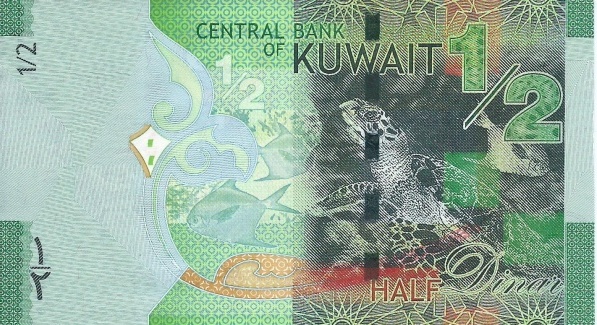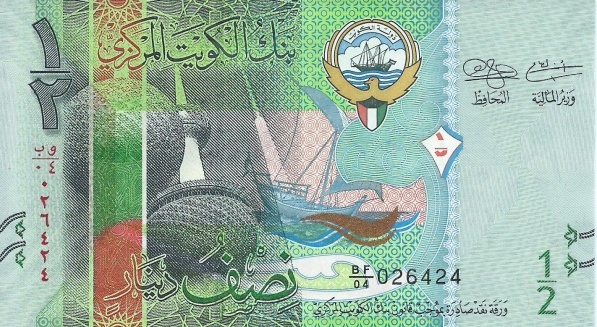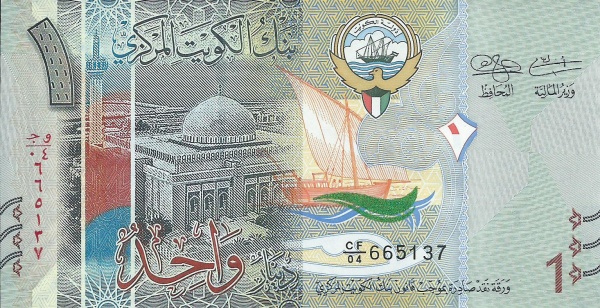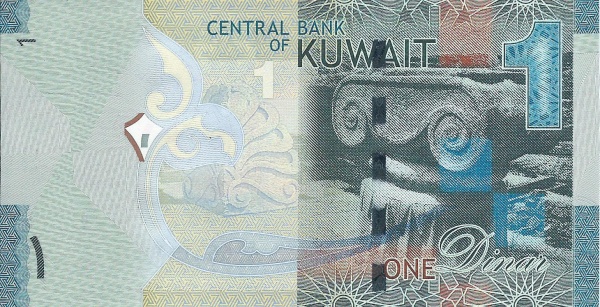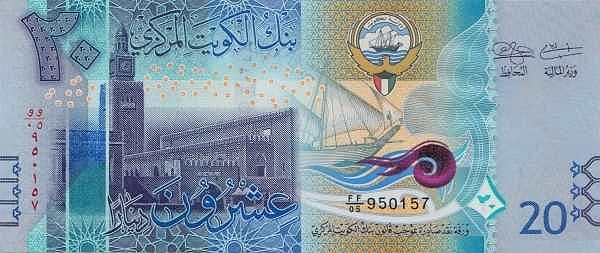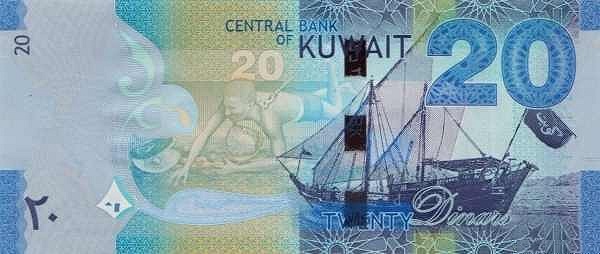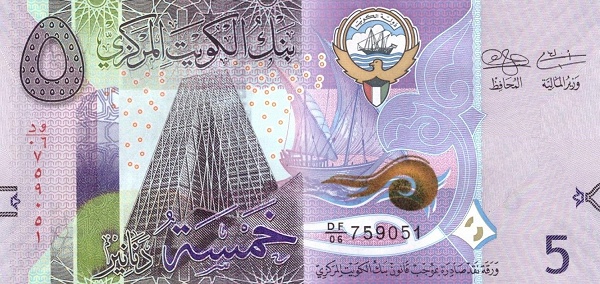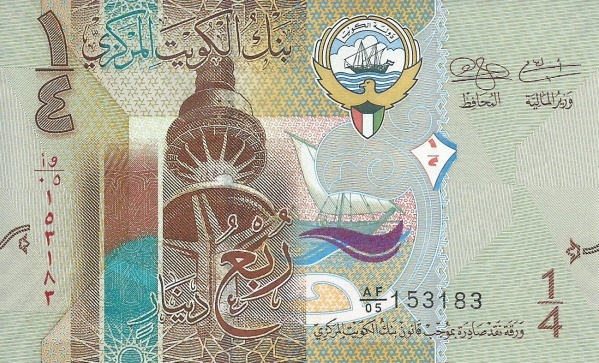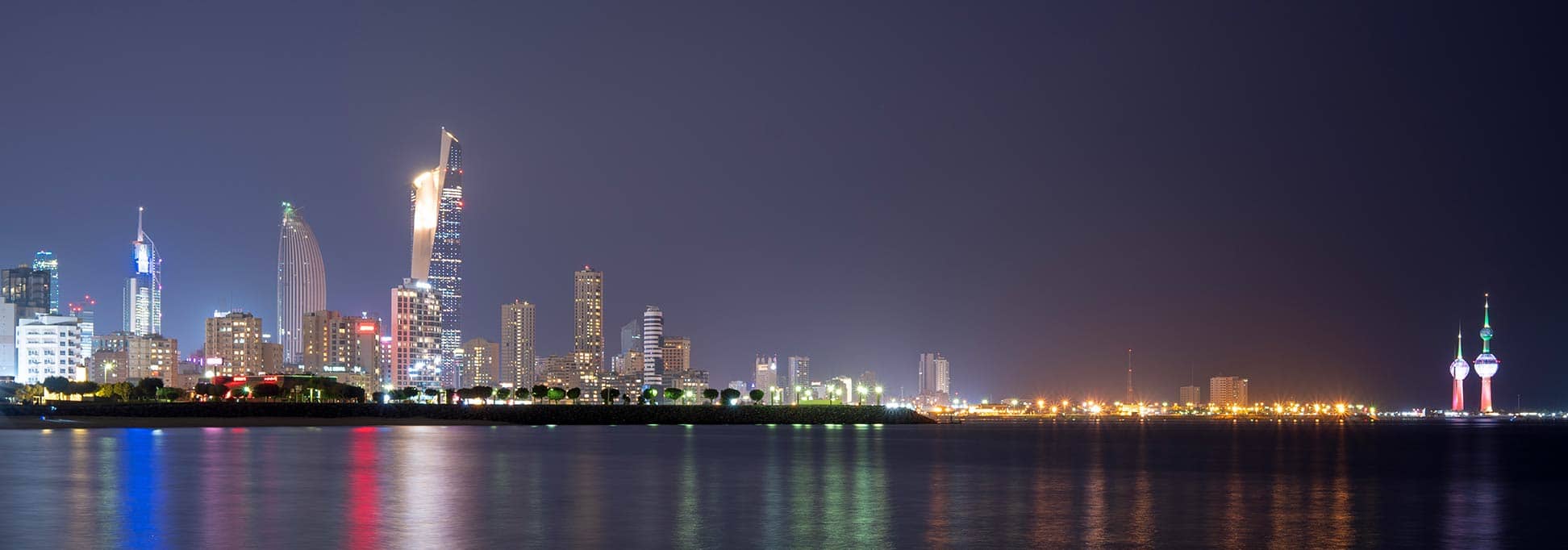Kuwait: A Glimpse into an Oil-Rich Emirate
Kuwait, a fascinating destination in the Middle East, captivates visitors with its unique blend of modernity and tradition. Positioned on the Arabian Peninsula, Kuwait shares its borders with Iraq and Saudi Arabia, while also enjoying maritime boundaries with Iran. This small but influential emirate is nestled along the northwestern edge of the Persian Gulf, offering stunning coastal views and rich cultural heritage. Besides the mainland, several islands enhance Kuwait's territorial waters, with Bubiyan, Warbah, and Failaka being the most prominent. Interestingly, despite covering only 17,818 km², Kuwait holds an illustrious position in the region, somewhat smaller than twice the size of Cyprus and slightly less than New Jersey.
A Diverse Population
As of 2020, Kuwait's population stands at around 4.5 million people, showcasing a vibrant mixture of Kuwaiti nationals and expatriates. Approximately one-third of the residents are Kuwaiti citizens, while a significant portion comprises foreigners drawn to this prosperous nation. The capital city, Kuwait City, serves as a bustling hub where traditional markets and modern skyscrapers coexist. Arabic is the official language spoken, but English acts as the lingua franca, ensuring effective communication among diverse communities. Notably, Islam is the state religion, a fact that strongly influences the culture and daily life within this emirate.
The Historical Background of Kuwait
Delving into Kuwait's history reveals a rich tapestry of cultural influences. Originally, it functioned as a province of the Ottoman Empire from the 16th century until the late 19th century. A significant turning point occurred on November 23, 1899, when Sheikh Mubarak entered into the Anglo-Kuwaiti Treaty with Great Britain. This landmark agreement established Kuwait as an autonomous British protectorate, granting it a semi-autonomous status.
Fast forward to the mid-1930s, Kuwait began making strides in its petroleum industry, laying the foundation for the nation's modern wealth and progress. This pivotal decision led to substantial changes in the economy, ultimately fostering significant infrastructural development. On June 19, 1961, Kuwait achieved full independence from British rule. Subsequently, in 1963, this emerging state joined the United Nations, marking its crucial presence on the global stage.
The Iraqi Occupation and Liberation
Kuwait faced a significant crisis on August 2, 1990, when Iraq invaded and occupied the emirate. The territory's sovereignty was jeopardized under claims that Kuwait was economically impacting Iraq by maintaining its oil production levels. Amidst this turmoil, thousands of Kuwaiti citizens fled to Saudi Arabia and other nations, seeking safety from the conflict. The international community responded decisively, forming a coalition of 30 countries, predominantly led by the United States. On February 23, 1991, they launched a ground assault that liberated Kuwait in a mere four days. Following this, the nation incurred over $5 billion in costs to repair the devastated oil infrastructure damaged during the occupation.
The Gulf Cooperation Council
Kuwait's strategic role extends beyond its borders, as it is one of the founding members of the Gulf Cooperation Council (GCC). Alongside Bahrain, Iraq, Oman, Qatar, Saudi Arabia, and the United Arab Emirates, Kuwait plays a significant role in promoting economic cooperation and political stability in the region. The GCC's efforts emphasize mutual defense and shared economic interests, promoting collective regional strength.
The Political Landscape of Kuwait
Kuwait operates under a unique political system characterized as a constitutional emirate with semi-democratic elements. At the helm, a hereditary emir governs, possessing the authority to enact laws by decree, especially during periods when the parliament is not in session. Additionally, the emir has substantial powers to veto legislation, shaping the legislative landscape of the country.
Power Dynamics in Governance
The emir takes an active role in appointing key political figures, including the prime minister, thereby influencing government functions. Importantly, the cabinet remains subject to the emir's approval, ensuring that his decisions align with the broader vision for the nation. In fact, traditional power positions, such as the prime minister, interior, defense, and foreign affairs ministers, typically belong to members of the ruling Al-Sabah family. Consequently, the political landscape reflects a blend of familial ties and administrative authority.
The Stability and Challenges Ahead
Despite its rich oil reserves and strategic location, Kuwait faces several challenges that require careful navigation. Economic diversification has emerged as a pressing necessity. As oil prices fluctuate, the dependency on petroleum revenue creates vulnerabilities. Hence, the government has initiated several reforms targeting alternative sectors like tourism, finance, and telecommunications. Building on its appeal as a regional business hub will help Kuwait thrive beyond the oil economy.
Furthermore, fostering better living conditions for expatriates and cultivating a national identity while respecting diverse cultures remain essential. Kuwait can enhance social cohesion by embracing a paradigm where locals and expatriates harmoniously coexist. This approach aims to create a balance that values tradition but welcomes varied influences.
Cultural Insights into Kuwait
One cannot overlook Kuwait's rich cultural tapestry, deeply rooted in Bedouin traditions and Islamic heritage. Its vibrant arts scene, including poetry, music, and dance, continues to thrive. The annual Hala February Festival exemplifies this cultural celebration, showcasing the nation's artistic expression through various performances and events. Simultaneously, museums, art galleries, and heritage sites allow visitors to delve into Kuwait's past, providing insights into its artistic journey.
Conclusion: The Future of Kuwait
Kuwait stands as a remarkable example of resilience and progress in a rapidly changing world. With a rich history, a diverse population, and a strategic vision for the future, this small emirate has much to offer both its citizens and international visitors. The journey toward sustainable development and cultural preservation will shape Kuwait's trajectory in the coming years. Indeed, the story of Kuwait continues to unfold, inviting exploration and admiration.
Largest cities of: Kuwait
| City Name | Population | Year of foundation | |
| Kuwait City | 600,000 | 1756 | |
| Ahmadi | 200,000 | 1950 | |
| Hawalli | 130,000 | 1906 | |
| Mubarak Al-Kabeer | 100,000 | 1960 | |
| Salmiya | 100,000 | 1950 | |
| Fahaheel | 96,000 | 1978 | |
| Sabah Al-Salem | 90,000 | 1989 | |
| Jahra | 73,000 | 1783 |
Kuwait: Money
